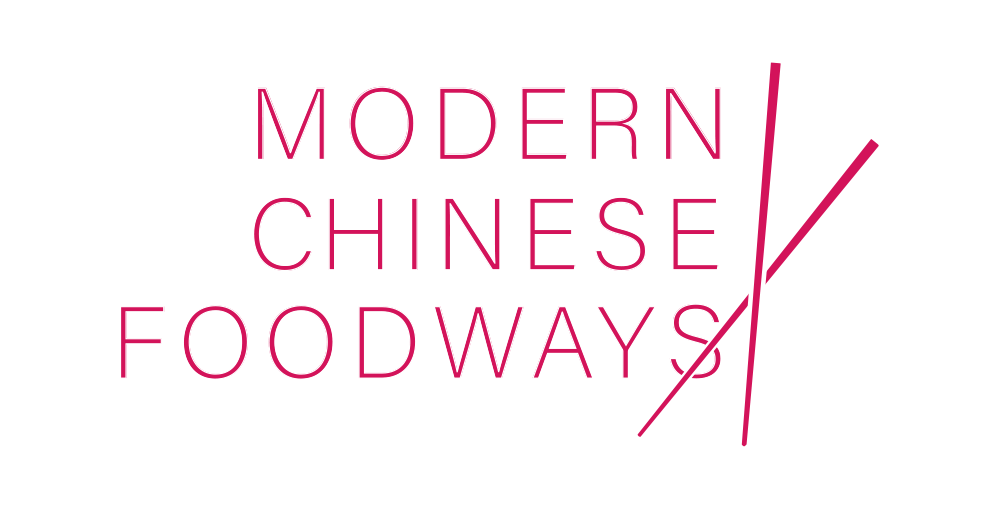Dr. Francesca Bray
Professor Emerita of Social Anthropology, University of Edinburgh
Lord Millet in Alibaba’s cave: the resurrection of an iconic food
Consumer enthusiasm for millet as a healthy, authentic, enjoyable food is just one strand in a complex braid of factors that today are rescuing an ancient Chinese staple – the bowl of millet – from near extinction. After a rapid decline between 1950 and 2010, not only has the millet grain itself become a valuable commodity, but so too have some of the impoverished farming landscapes where it is grown. Tradition is a key selling point in branding both the grain and the landscapes today – and indeed there is plenty of potential tradition to choose from in heritagising millet, since it has a long, richly documented history as a material and symbolic mainstay of Chinese civilisation. Having briefly sketched the long history of millet in China, and some of its milestones as food and crop, I compare the on-going choices and strategies of two communities, Wangjinzhuang and Qinzhou, in constructing their brand as traditional millet producers – the former emphasising the system of production (dryland farming), the latter the product (the grain itself). I conclude by identifying what would seem to be missed opportunities for each community to add legitimate historical glamour to their brands.
Watch recording:
